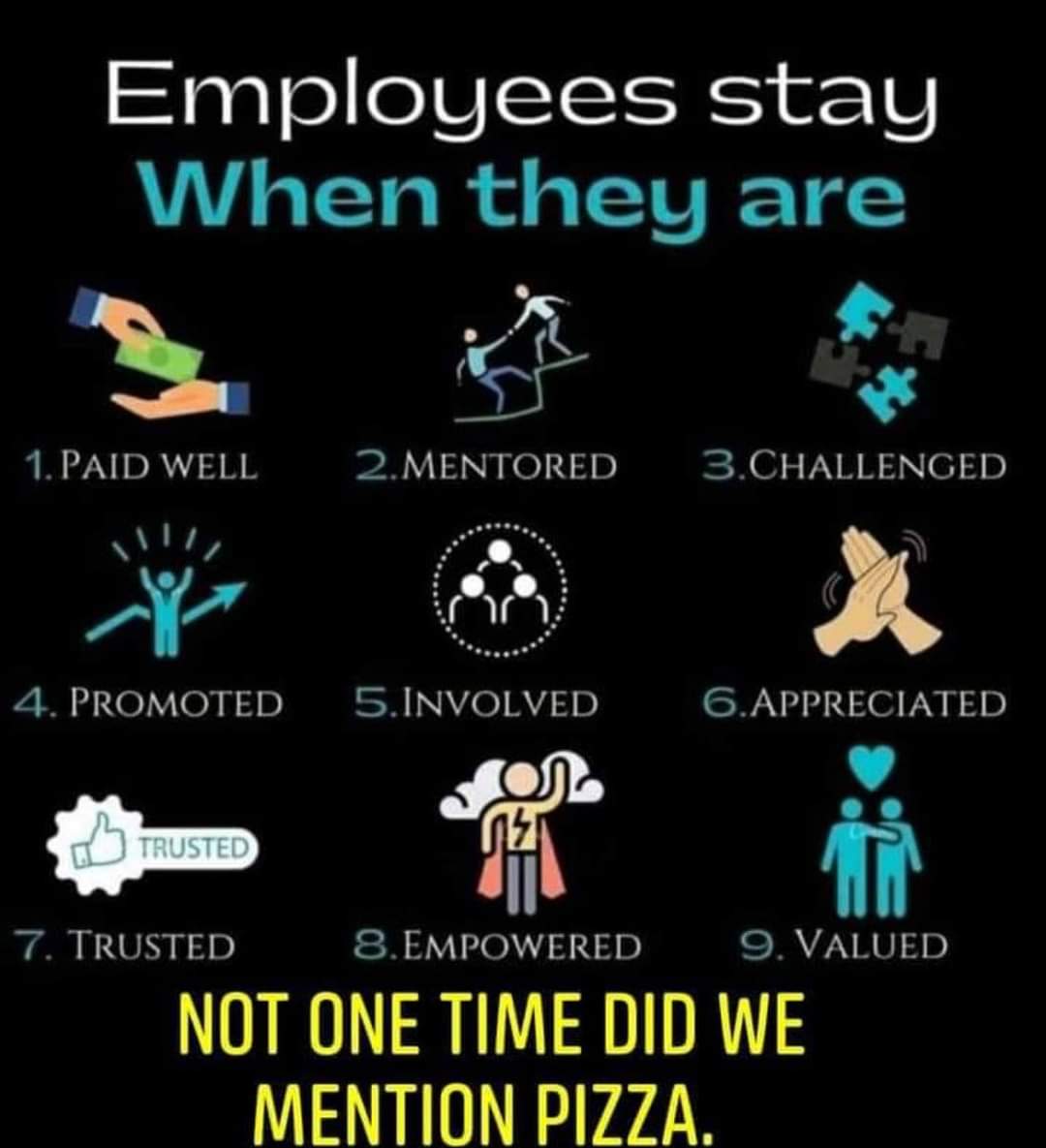Maritime job hunt assistance, from www.dieselduck.net
Helping you make way in the Marine Engineering field.
" A company that doesn't look after its own engineers, will look after someone else's "
- paraphrase of a Napoleon's saying
The first job as cadet, or newly licensed officer, has, is, and always has been, a real challenge for all of us. Don't lose hope, I have been there and so have many others. In todays "my own little universe", we sometimes forget where we came from, we all had to crawl before we could walk, and run - that's a simple fact, no matter how people make you feel.
in 2020, there is worldwide shortage of certified marine engineers, it is real, and this has made finding meaningful employment relatively easier than it use to be 15-20 years ago. "Relatively easier" is the key concept in that statement. It is still quite challenging to get your resume on the right desk, and get those people to take you seriously, that's why this web page is here - to, hopefully, help.

Let us first explore what it is to be a marine engineer
- Click here to read about being a mariner, and working on ships
- Continue to this page to read about the marine engineering field from the US gov and NZ gov
- Then read here for an actual job description
- Visit the Canadian Government's clumsy analysis of the wages and outlook; one from the USA and here from the United Kingdom (UK)
- Students, in particular, may be interested in these student questions and answers
It is safe to say, employers today, do not want to entrust millions of dollars worth of machinery and cargo, to someone that is unproven. Even as today's engineering officers are quickly moving on to retirement, you can still expect competition for positions - worldwide. However, in my number of years working in the marine industry, I have yet to figure out what it is exactly that recruiters are looking for.
Marketing yourself
From my observations, recruiters are typically pressed for time, juggling numerous tasks at once like "putting out fires" and don't spend a great deal of time assessing how you might actually fit into a company. More than half the vessels I joined where to fill the position at the very last minute. I have observed that there is a high reluctance to "try something new", many recruiters would prefer "devil you know", rather than try a new recruit. So with this general overview, I suggest you consider the following when preparing your "sale pitch"...
- Have proper documents. Makes sure you have the documents you need to sail, and that they are valid, and will be for six months after joining a ship.
- Second, reputation and "who you know", these go a long way in breaking into the marine field. Having someone vouch for you decreases a company's risk of the unknown - get networking.
- Be able to travel light, fast, right away. This is very important when you're at the bottom rung, it illustrates your attitude. Usually this is how you get your first "big break" - ability to adapt, and fast. Have your affairs in order so you can move on an opportunity at a moments notice.
There are already lots of qualities that you have, or will demonstrate just to be an engineer. The qualities below are the ones which will make you unique - a more attractable mate, if you will - to a company. As marine school leaver, qualities such as comfort with computer systems, sense of humour, good grades in the cadetship, deck side certificates, etc. are all pluses in my book.
Once you caught the eye of a recruiter. I suggest you . . .
- Must knock them (recruiters) on their ass the first time. To do this you must use all the modern tools... i.e. computers, programs, and communications systems. Have all your documents in .pdf files format for fast reply and easy viewing by recruiter. Always tailor your communication to the specific person, company or situation.
- Flaunt your most valuable currency - sea time and experience- if you don't have any, flaunt your academic achievements.
- Be somewhat flexible where pay is concern. Once you are onboard and have shown your true colors, you should seek to be paid accordingly. If not, its a short contract and there are many more ships out there... Thanks for the experience.
- Flaunt your training, and especially training with advance technology. Any training you have is an asset a company does not need to pay for.
- You should be knowledgeable of the business, the major players and their trade. Keep abreast of current developments and trends in the shipping world - especially in your geographical location or market you are interested in.

Your introductory package
I get many resumes through this site, and some "pet peeve" of mine, and probably most recruiters, include disorganized, difficult files to open - weird formats, insanely large file size, or just too many files.
When your are satisfied that your resume is ready for the position you are applying for, "print it" as a PDF file, then scan and attach only your pertinent information to it. The end product should be a single .pdf document that contains...
- your resume (max two pages)
- a scan of your certificate of Competency
- a scan of your valid seafarer medical
- a scan of your valid passport
Once you have this single "introduction" PDF file created, preferably under 5 megabytes in size, name it with a relevant title, which will allow it to be identify easily, such as "Resume of Martin Leduc - Cdn Marine Engineer". Even a small thing like a file name shows organization and is practical for the receiver, which makes your resume pleasant to view, instead of a chore.
About Adobe Portable File format, or PDF; this format "freezes" the desired look for your documents as if you were printing it on a piece of real paper. It is a worldwide accessible and accepted way to present electronic documents, and therefore easily transferable by email. There is free software that can let you easily convert your data files into PDF. I have good experience with PrimoPDF, but there are many other programs that can do the job. Once installed on your computer, the program acts like a printer and produces a digital file instead of a paper one, please use PDF format. Use your single PDF file to introduce yourself by email, or upload to a company's website.
 Once you have caught the interest of the recruiter, you can then follow up
your initial intro .pdf document, with the supporting information .pdf file
containing such things as scans of...
Once you have caught the interest of the recruiter, you can then follow up
your initial intro .pdf document, with the supporting information .pdf file
containing such things as scans of...
- your training certificates,
- academic achievements,
- references letters,
- discharge book, etc.
Religion or marital status of you or your parents, your kids age and names, military service, etc., are not really relevant information that you need to include in an application / resume to a company, or its recruiter. Eye colour, weight, shoe size, vaccinations status, etc., are also not really great ways to make a first impression, and this type of information is already in your government issued documents. If additional information is required by the recruiter, it can be supplied in a follow up email.
If you feel you should include a picture of yourself, consider using a professional photographer. Your driver license, passport, other ID type pictures are typically not the most flattering, and may not make the best first impression. Your expressions carries a great deal of information or mis-information and are therefor not normally recommend to attach to a resume. Jobs on yacht are typically the exception to this rule.
Keep your resume to the bare essentials for the recruiter. They want to know, do you have the necessary qualifications and are they valid, what is your background and skills to fill their position. All other information is just a distractions to their objectives.
- Click here for tips on interviews
- Click here for tips on targeting your resume for the job
Another small detail to keep in mind; simple, accurate contact information is critical. My legal name is quite long and consist of three first names and one last name - but I am typically known as Martin, so I put Martin Leduc on my resume, and not all of my names. Keep it simple.
Email is the best way to make a connection, so make sure you have an appropriate email address. "Cute" email addresses are fine between friends, but consider changing your "[email protected]" or "[email protected]" email moniker when applying for a position aboard - I'm sure you get the idea.
Never forget, a resume, and your pertinent documents, are living documents, they live, change and die with age, so make sure you are always updating and reviewing to keep the most current information available. If your medical is not valid, you cannot sail !
You might want to consider having your resume "live" on a professional social
network. I have my resume / intro package on my desktop that I send to
prospective employers directly by email, but I also have an online version on
this website, and a professional profile on
LinkedIn.
LinkedIn is more for
office types, but increasingly, it has become a great place to connect with
shipmates and recruiters alike. Having your own LinkedIn page provides a constant and
enhanced way of promoting yourself, and be reachable, no matter where you are.
 Find the right job
Find the right job
So what to do ? How do I find my dream job ?
First of all, there is no
dream job, until you dream; then temper that with reality.
A great deal has changed since I first started this area of the web site back in 1999, the notoriously cautious marine industry has since adopted the internet like never before. Ship owners realized that they could forgo the cost of a crew recruiting agency by using their company website, with a simple link to their recruitment contact information - one of the few benefits of owner frugality, that has benefited crew.
I have seen a fundamental shift in the way recruiters work, now harnessing the power of the internet in a big way, this has allowed them to cast a wider net, hopefully "catching you". In today's world, look out in the harbour, the nearest ship's recruiter is available by simply doing a search of the company name, sometimes the website URL is right on the ship's side. Once on their website, look for the "work for us", "human resources" or "career" area. Using the company's website "contact us" feature has yielded at least two jobs for me; even way back when the internet was just gaining popularity.
This "internet revolution" has resulted in this area of my website, diminishing in importance, which I am truly happy for, because it means positive progress for us as seafarers. It also means less maintenance for me and will probably put this area of the site "out of business".
Many reports state that the best and most successful way of finding a job is through other people - networking. Letting people know you are looking for work is the best place to start. To do that, talk to people in the industry, especially family, friends, former coworkers and people within professional associations. Use social media like LinkedIn account, and its groups, to network; you can even search out a peer to guide you. You can still "walk the docks" but with the ISPS code in force, this is restricted to smaller vessels, like yachts and tugs.
Contacting people on a "live and direct" basis, such as email and phone, is better, but takes some courage. Sending unsolicited resumes by mail, filling out online applications are statistically the least likely to succeed. Having said that, I did get a couple of my better positions doing just that, filing out a company's online form, so you never know.
Do yourself a favour, don't annoy a crewing department by bombarding them with many emails and the same resumes. If they are reputable firm, they should answer you, sending them ten resumes in the space of two days, is probably not going to enhance your chances with them anymore.

Fees to finding a berth, and other scams
Mr. Douglas B. Stevenson, Director, Center for Seafarers' Rights of the The Seamen's Church Institute of New York & New Jersey, sends these comments, which all professional seafarers should be aware of. He writes, in response to a comment I had made about my experience with some US based recruiters, and their stated habits of charging a fee, "initial", "filing" or back end fee, deducted off a pay check for their services, connecting a seafarer to a ship...
" I suspect that some US recruiting agencies are either not familiar with the law or are ignoring it. United States law prohibits charging fees to seafarers for placing them in jobs on ships in international and intercoastal voyages, 46 U.S.C. 10314 (b), as well as on ships in coastwise voyages, 46 U.S.C. 10505 (b). It is also illegal for an employer to deduct the illegally charged placement fees from seafarers' wages, 46 U.S.C. 10314 (a)(1)(C) and 46 U.S.C 10505 (a)(1)(C).
Charging seafarers placement fees is prohibited in most maritime nations, in the International Labour Organization's Recruitment and Placement of Seafarers Convention, 1996 (ILO-179) and in the new International Labour Organization's Maritime Labour Convention 2006 (which is expected to enter into force in 2011 or 2012).
I would advise seafarers to avoid a placement agency that attempt to charge them a placement fee because it is a good indicator that the agency is operating illegally and in a manner that is not in the seafarers' best interests.
If you or your readers have any questions, please do not hesitate to contact us at the Center for Seafarers' Rights."
I am sure this is some insight that is appreciated by us all. Never lose your common sense while using any of the links found on this page or other website. If you have had positive or negative experiences with any outfits, let us know, we'll pass it on here.
There are many scams, they snare the willing but inexperienced, cadets, and seasoned seafarers alike. I am sure the sophistication of the scams will increase, but in the mean time be aware, telltale signs are...
- free webmail account email addresses - dead giveaway
- visa, application fees, processing fees - these are illegal
- post office boxes, use Google's "Street View" to see the listed address, if its an apartment building in Toronto, then its a scam
- do simple search for the company name or associated email address
With the introduction of the Manila Amendments (STCW2010) all manning / crewing agencies need to be certified under the new convention. Robert in Dartmouth reminds us (Nov 2015) that in Canada, the regulation is stated in Div 2 of the Marine personnel regs.
- 304. (1) No person shall operate a seafarer recruitment and placement service unless they hold a Seafarer Recruitment and Placement Service Licence issued by the Minister.
- 304. (2) The authorized representative of a vessel shall ensure that
persons are not recruited or placed for work on the vessel by a seafarer
recruitment and placement service unless the service
- (a) if it is located in Canada, holds a Seafarer
Recruitment and Placement Service Licence issued by the
Minister
- (a) if it is located in Canada, holds a Seafarer
Recruitment and Placement Service Licence issued by the
Minister
You can look on The Common Rail, identified scams are posted there to make others aware.
The land holds more perils for the seaman than the sea.

Got your resume and your information ready ? Then try the links on the next page...






